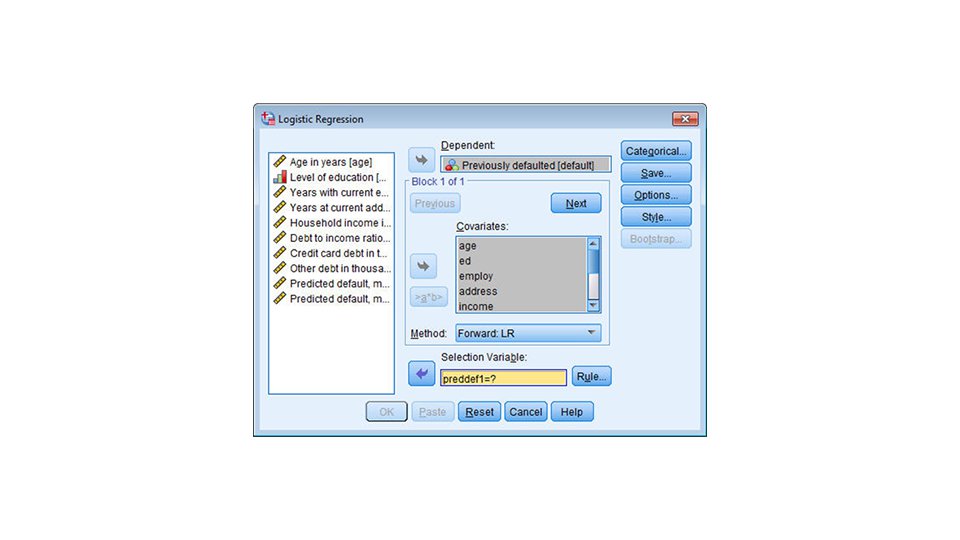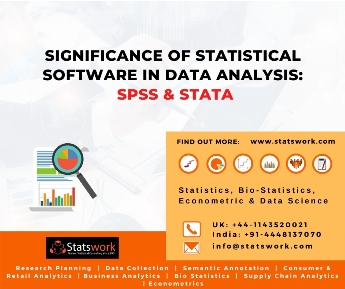
- #Diffeernce between stata and spss code archive
- #Diffeernce between stata and spss code portable
- #Diffeernce between stata and spss code code
However, ICPSR rarely provides setups for that purpose.

These files can also be read into statistical packages like SAS, SPSS, and Stata. Most of these files were created by ICPSR for use with spreadsheets, such as Excel, into which they can be easily imported. Tab-delimited ASCII data files are the same as comma-delimited ASCII files except that values are delimited with a special tab control character instead of a comma. For example, the first two lines of a four-variable data file could look like this:ġ,133.5,plumber,250778 2,44,librarian,20000Īs with the column-delimited ASCII files, ICPSR usually provides setups to read the comma-delimited ASCII files into SAS, SPSS, or Stata. Thus, in this format, the length of each line varies according to the magnitude of the line's data values. In a comma-delimited ASCII data file, the data values are separated with commas instead of being located in fixed column locations. The setups also assign variable labels and usually assign value labels and define missing values too. To facilitate the use of the column-delimited ASCII data files, which require programming expertise to import them into statistical packages for analysis, ICPSR usually provides programs, called "setups," to read them into SAS, SPSS, or Stata. For example, if a file with one line per observation has just three variables which occupy three bytes each, then the first variable would be located in columns 1-3, the second in columns 4-6, and the third in columns 7-9 on each line in the data file.

The bytes are usually called "columns," hence the name of this data format. In a column-delimited ASCII data file, each variable occupies the same byte(s) on every observation. What sets the three types apart is way the values are demarcated on the lines. In all three types of plain text data files, the line(s) allocated to a given observation contains the observation's values for the file's variables. Most use the ASCII-based ISO 8859-1 or Windows-1252 encodings.
#Diffeernce between stata and spss code code
However, some use other encodings, such as IBM PC code page 437, which is based on ASCII but supports more characters than ASCII does. Many of ICPSR's plain text data files are encoded with the ASCII character encoding system. Thus, the number 133.5 occupies five bytes, the number 8 just one byte, and the string "computer programmer" requires nineteen bytes. In the plain text format, every character of text-each digit, letter, or other symbol-is encoded in a separate byte in the data file. Plain TextĬolumn-, comma-, and tab-delimited ASCII data files store data, including numeric values, as lines of plain text, with one or more lines per observation (or subject or case). We also supply many data files in one or more of the other formats. Virtually every data file is available in a plain text format.
#Diffeernce between stata and spss code portable
We primarily distribute data files in eight data formats: three plain text formats (column-delimited ASCII, comma-delimited ASCII, and tab-delimited ASCII), two SAS formats (SAS XPORT and CPORT files), two SPSS formats (SPSS SAV and portable files), and the single Stata data format.

#Diffeernce between stata and spss code archive
What kind of data formats does the archive distribute? Do you have SPSS files? SAS? Stata?


 0 kommentar(er)
0 kommentar(er)
